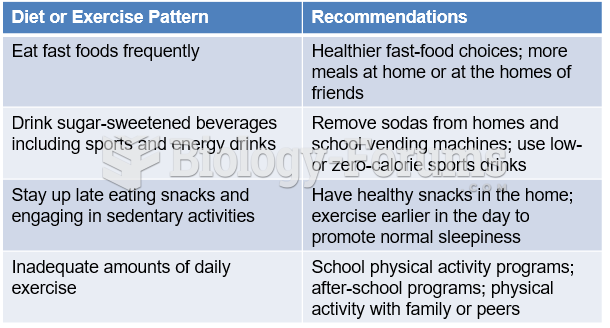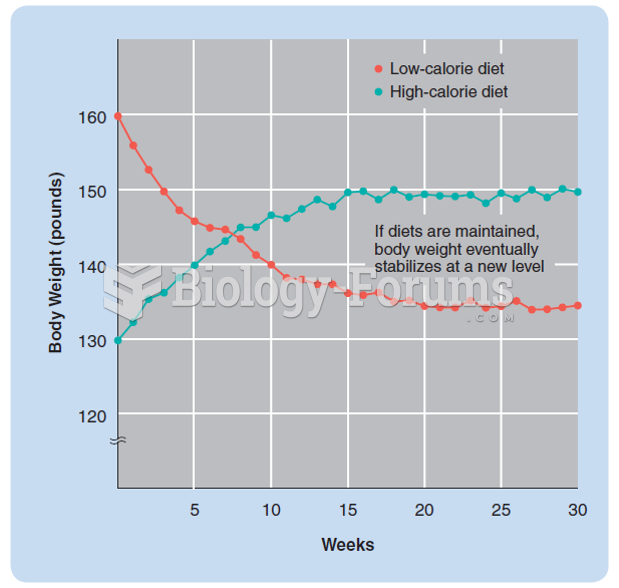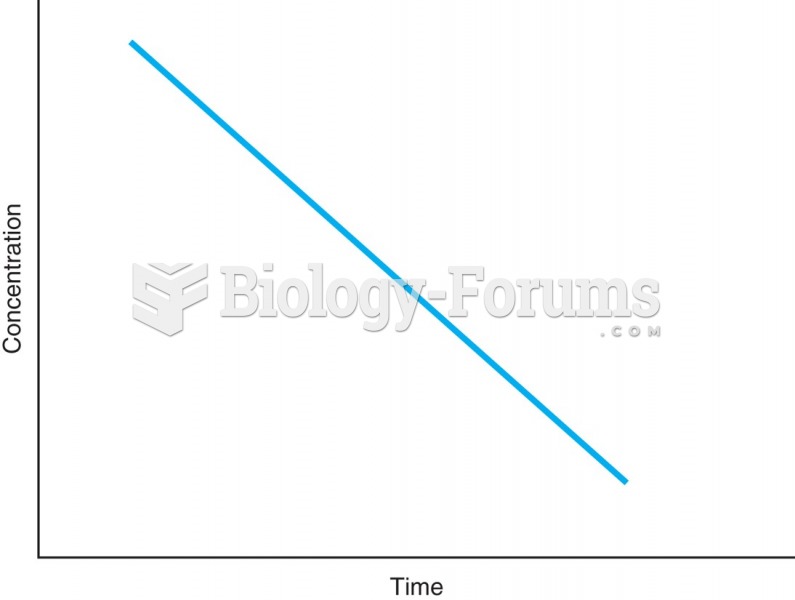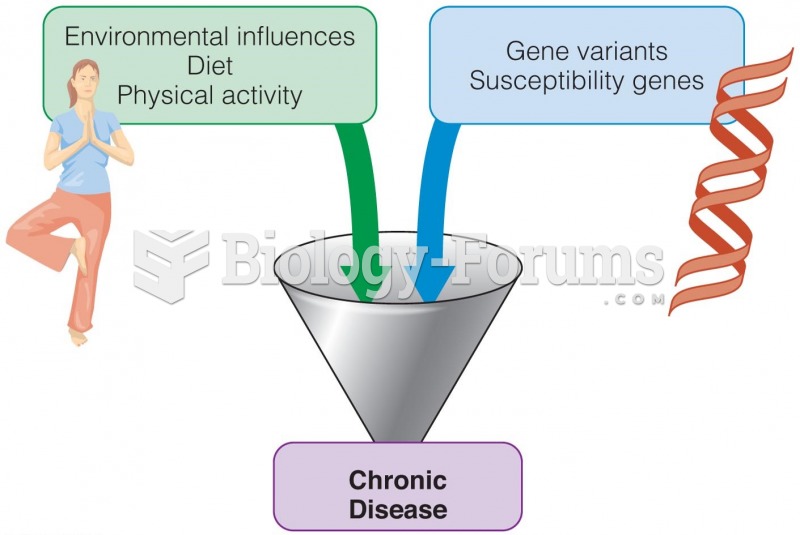Answer to Question 1
Elimination diets are used to determine certain foods that may be contributing to IBS symptoms of abdominal pain, bloating, diarrhea, etc.
These diets eliminate all possible foods related to the patient's symptoms. These may be common foods containing substances that have adverse effects such as lactose. Other common eliminations are fructose and sugar alcohols. Use of typical high-FODMAP foods may help guide the process.
Each food is added back one at a time to see which foods are associated with the onset of IBS symptoms.
Answer to Question 2
Trickle feeds are small amounts of enteral feeding into the gut. Even though parenteral nutrition is successfully meeting this patient's increased calorie needs and potentially decreasing the risk of aspiration and diarrhea with an altered GI tract, there are some disadvantages to PN. Some complications of PN for the critically ill trauma patient include intestinal villous atrophy with possible bacterial translocation, metabolic disorders (hyperglycemia and hypertriglyceridemi a), biliary stasis, multiple organ dysfunction, adult respiratory distress syndrome, acute lung injury, bacteremia, sepsis, pneumonia, urinary tract infection, and catheter-related sepsis. Intestinal permeability is altered in critical illness due to the inflammatory response and metabolic alterations, and it is hypothesized that increased permeability may allow bacterial translocation and predispose the host to systemic sepsis. Because enteral feeding in the critically ill patient can help prevent intestinal atrophy and the above complications, it is the preferred route of nutritional support for the critically ill patient. Unfortunately, these patients may be unable to meet nutritional needs by enteral feeding alone within 7-10 days due to surgeries or intolerance of adequate feed volume. For example, Mr. Perez has had multiple abdominal surgeries with anatomical changes to the GI tract. Trickle feeds in conjunction with PN are important to help prevent further complications and promote healing to the GI tract and earlier closure of the open abdominal wound. For these trickle feeds, the RD recommended Pivot 1.5 enteral formula. Pivot 1.5 is a partially hydrolyzed, elemental formula that is calorically dense and high in protein and designed for metabolically stressed patients. This is an appropriate formula choice for this patient's individual needs because the elemental macronutrients will allow for ease of digestion and absorption. Also, this formula is very nutritionally dense within a small volume (1.5 kcal/mL and 93.8 g protein/L), so it will help meet this patient's increased protein and energy needs. Finally, it is an immune-enhancing formula with vitamin A, vitamin C, vitamin E, and zinc to help reduce free radical damage. Also, it provides large amounts of EPA and DHA for their anti-inflammatory properties. There is also 13 g/L of L-arginine for proliferation and function of immune cells, and 7.6 g/L of glutamine for GI tract integrity and energy for immune support.







